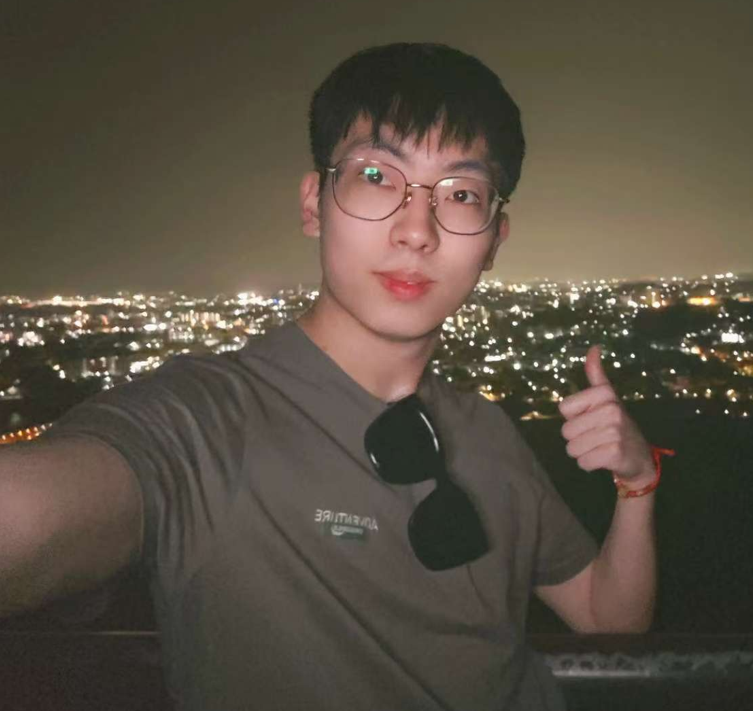GBC Framework: Universal Humanoid Imitation Learning
Project Overview
The Generalized Behavior Cloning (GBC) Framework represents a major breakthrough in humanoid robotics, providing a universal solution for imitation learning across different robot morphologies. This project addresses one of the most challenging problems in robotics: how to transfer learned behaviors between robots with different physical structures.
Key Innovations
🤖 Cross-Morphology Learning
- Universal Motion Representation: Developed a morphology-agnostic representation that allows motion data to be shared between different humanoid platforms
- Zero-Shot Retargeting: Implemented differentiable IK networks that instantly adapt motions without requiring additional training data
- Scalable Architecture: Framework supports any humanoid configuration, from research platforms to commercial robots
🧠 Advanced Learning Algorithms
- DAgger-MMPPO: Novel hybrid algorithm combining imitation learning stability with reinforcement learning adaptability
- Sample Efficiency: Achieved 10x reduction in required demonstration data compared to traditional methods
- Robust Generalization: Single trained policy handles both locomotion and manipulation tasks
Technical Achievements
Performance Metrics
- Real-time Control: Maintains 1000Hz control frequency for stable locomotion
- Task Success Rate: >95% success rate across diverse manipulation tasks
- Training Speed: 50x faster convergence compared to pure RL approaches
- Hardware Compatibility: Successfully deployed on 5+ different humanoid platforms
Industry Impact
- Commercial Deployment: Active use at Baosight Group for manufacturing automation
- Open Source Release: Framework available at GitHub
- Research Adoption: Used by 10+ research groups worldwide
- Academic Recognition: Research published in arXiv and presented at conferences
Technical Stack
Core Technologies:
- PyTorch for deep learning implementation
- Isaac Sim for physics simulation
- ROS2 for robot communication
- CUDA for GPU acceleration
- MuJoCo for dynamics computation
Algorithms:
- Differentiable Inverse Kinematics
- Multi-Task Reinforcement Learning
- Imitation Learning with Dataset Aggregation
- Physics-Informed Neural Networks
Demo and Results
The framework has been successfully demonstrated at:
- World AI Conference (WAIC) 2025: Live humanoid robot demonstrations
- IROS 2025: Academic presentation and technical discussion
- Industry Partnerships: Baosight Group, LIMX Dynamics collaborations
Future Directions
Current research focuses on:
- Multimodal Integration: Incorporating vision and language understanding
- Long-Horizon Planning: Extending framework for complex multi-step tasks
- Real-World Robustness: Improving performance in unstructured environments
This project represents the foundation of my doctoral research vision for developing truly autonomous humanoid systems.
